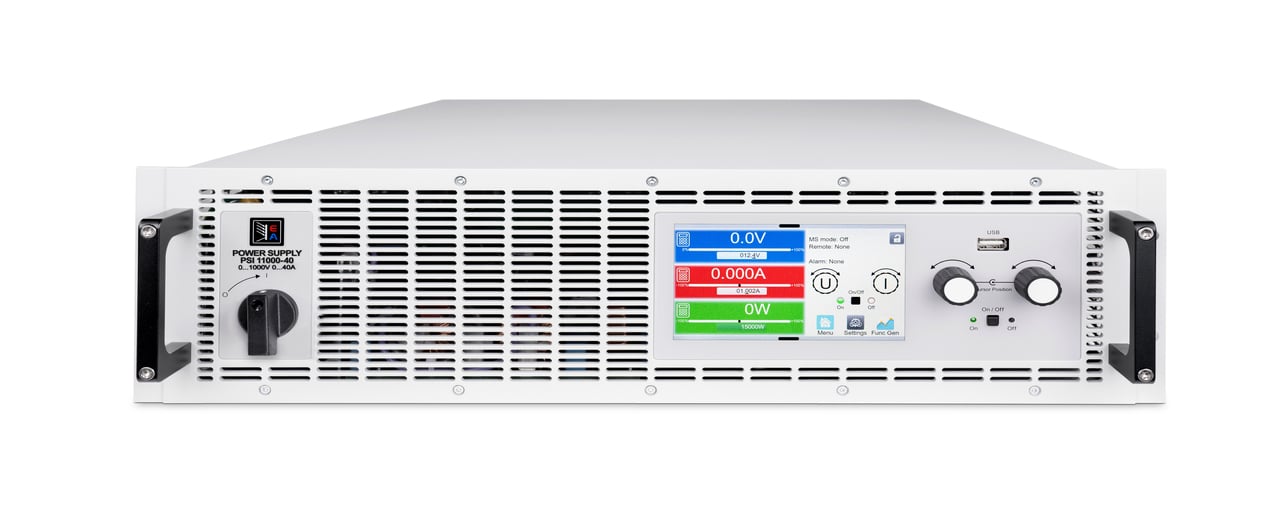What Is a Switching Power Supply (SMPS)? A Definitive Engineer’s Guide

A switching power supply (often abbreviated SMPS for switched-mode power supply) is an electronic power converter known for efficiently transforming AC power into stable DC voltage through rapid switching techniques. But what exactly makes it 'switching,' and why has it become so essential for modern electronics?
Why Is It Called a “Switching” Power Supply?
Unlike linear power supplies, which regulate voltage through continuous dissipation (like a water tap constantly throttled down), a switching power supply rapidly toggles—literally switching—a transistor on and off at high frequencies (typically 20 kHz to 500 kHz). Think of it like rapidly flicking a light switch thousands of times per second. This high-frequency action enables precise voltage regulation and minimal power loss.
Linear vs. Switching Power Supplies: Side-by-Side Comparison
| Aspect | Linear Power Supply | Switching Power Supply |
|---|---|---|
| Efficiency | Low (~50%) | High (80-95%) |
| Size & Weight | Large, heavy transformer | Small, lightweight |
| Noise (EMI/Ripple) | Very Low | Moderate to High (manageable with filtering) |
| Complexity | Simple | Complex |
| Response to Load Changes | Fast | Slightly Slower |
| Heat Generation | High (needs heat sinks) | Low |
| Cost-Effectiveness | Good for <400W | Better for >400W |
Switching supplies are clearly superior in efficiency, size, and higher-power applications, making them ideal for most modern uses.
How Does a Switching Power Supply Work? (In Simple Terms)
Here’s a straightforward breakdown:
- Rectification & Filtering: Converts AC input into an initial DC waveform using diodes and capacitors.
- High-Frequency Switching: Rapidly turns the input voltage on and off thousands of times per second (20kHz to several hundred kHz), generating a high-frequency square wave.
- Voltage Transformation: A small transformer or inductor steps the voltage down (or up) efficiently.
- Output Rectification & Filtering: Converts the transformed voltage back into clean, stable DC for the load.
This process allows switching supplies to be compact, lightweight, and highly efficient compared to linear counterparts.
Advantages and Disadvantages of Switching Power Supplies
Advantages:
- Efficiency: Lower heat generation means smaller size and longer life.
- Compact Design: Reduced component size, ideal for space-constrained electronics.
- Global Compatibility: Typically handle universal input voltages (85–265VAC), simplifying global deployments.
Disadvantages:
- Electrical Noise (EMI): High-frequency switching creates electromagnetic interference, requiring additional filtering.
- Complexity: More complex circuitry can mean higher upfront costs and more intricate design considerations.
At Tektronix, we address these challenges with advanced filtering and shielding techniques, ensuring reliable, low-noise performance even in sensitive applications.
Common Applications of Switching Power Supplies
Switching power supplies are essential across industries:
- Consumer Electronics: Chargers for smartphones, laptops, gaming consoles.
- Industrial Equipment: Motor drives, robotics, automated control systems.
- Medical Devices: Precision power for MRI machines, diagnostic equipment.
- Automotive & EV: Efficient battery charging, electric vehicle test equipment.
- Aerospace & Defense: Lightweight, highly-efficient power solutions for avionics.
Check out our Tektronix Power Supply Portfolio to explore industry-specific options and find your perfect solution.
Technical Nuances Often Missed
- Electromagnetic Interference (EMI): Tektronix power supplies include built-in EMI filtering and compliance testing recommendations, crucial for sensitive testing and measurement setups.
- Power Factor Correction (PFC): Most Tektronix switching supplies feature active PFC, essential for compliance with global efficiency standards and minimizing harmonic distortion.
- Switching Topologies Explained:
- Buck (step-down) converters reduce voltage efficiently.
- Boost (step-up) converters increase voltage.
- Flyback and LLC converters offer galvanic isolation for added safety.
Explore our Power Supply Selection Tools to find the ideal topology for your design.
FAQs About Switching Power Supplies
Is SMPS the same as a switching-mode power supply?
Yes, “SMPS” is simply an acronym for Switching-Mode Power Supply.
How do I identify a switching power supply?
They’re usually compact, lightweight, and operate silently without large heat sinks.
Can switching power supplies fail?
Yes, like any electronic component. Common failures include capacitor aging, but Tektronix’s robust designs significantly enhance reliability.
What is a switching power supply?
A switching power supply, or SMPS, is an electronic power supply that incorporates a switching regulator to efficiently convert electrical power. It is used to provide a stable output voltage from a varying input voltage.
What are the advantages of using a switching power supply?
Switching power supplies are more efficient than linear power supplies, as they reduce energy loss through heat. They are also smaller and lighter, making them ideal for compact electronic devices.
What are the common applications of switching power supplies?
Switching power supplies are used in a wide range of applications, including computers, televisions, battery chargers, and LED lighting systems, due to their efficiency and compact size.
How does a switching power supply work?
A switching power supply works by rapidly switching the input voltage on and off, using a transistor or similar device, to regulate the output voltage. This process is controlled by a feedback loop to maintain a constant output.
Are switching power supplies safe to use?
Yes, switching power supplies are generally safe to use. They include various protection mechanisms such as over-voltage, over-current, and short-circuit protection to ensure safe operation.
What factors should be considered when selecting a switching power supply?
When selecting a switching power supply, consider factors such as output voltage and current requirements, efficiency, size, thermal performance, and any specific application needs like noise sensitivity or environmental conditions.


Explore Tektronix Switching Power Supplies
Ready to leverage the efficiency, compact design, and global compatibility of switching power supplies in your projects? Tektronix offers a comprehensive portfolio of high-quality, reliable switching power supplies tailored for your demanding applications.
- Advanced EMI filtering for sensitive testing environments.
- Built-in active Power Factor Correction (PFC) for global compliance and optimal efficiency.
- Multiple switching topologies to fit specialized needs (Buck, Boost, Flyback, LLC).
Visit our dedicated Switching Power Supply Product Category to find the perfect power solution for your application. Connect directly with Tektronix experts to discuss your specific requirements and ensure your system benefits from the best-in-class switching power supply technology.
Summary: Why Choose a Switching Power Supply?
Switching power supplies are efficient, compact, and versatile—ideal for the rigorous demands of today’s technology landscape. Whether you’re powering sensitive medical equipment or optimizing an industrial setup, Tektronix offers innovative solutions and the expert resources to support your project.
For deeper insights or personalized advice, connect with a Tektronix expert. We’re here to help you master the power of switching technology.


